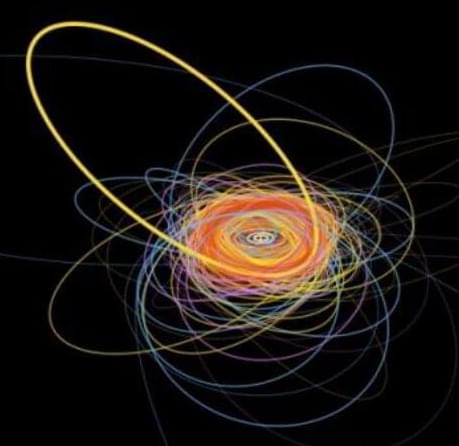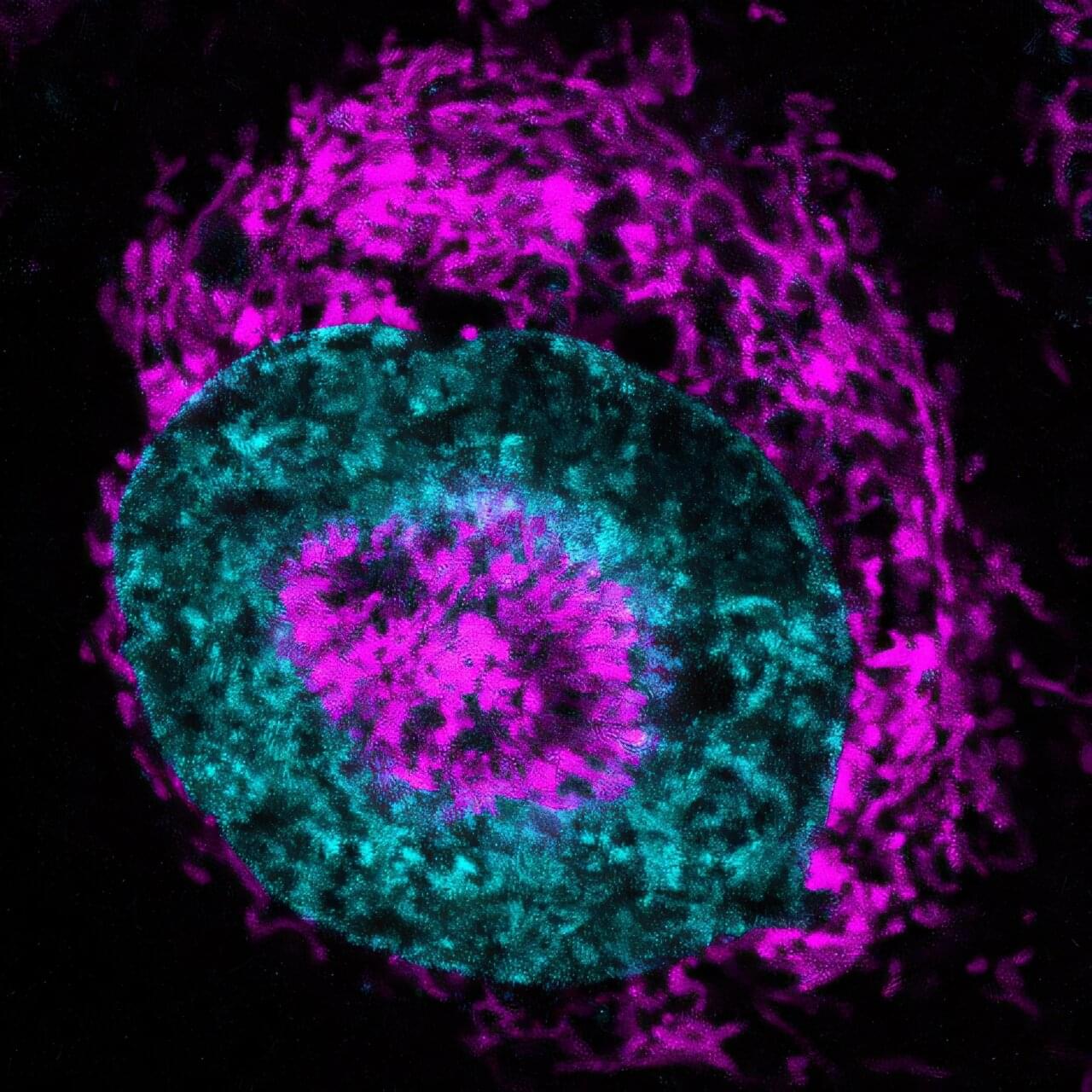Doroni Aerospace is building a new category of transportation — and we’re closer than ever to bringing it to life.



In an office at MIT’s Computer Science and Artificial Intelligence Laboratory (CSAIL), a soft robotic hand carefully curls its fingers to grasp a small object. The intriguing part isn’t the mechanical design or embedded sensors—in fact, the hand contains none. Instead, the entire system relies on a single camera that watches the robot’s movements and uses that visual data to control it.
This capability comes from a new system CSAIL scientists developed, offering a different perspective on robotic control. Rather than using hand-designed models or complex sensor arrays, it allows robots to learn how their bodies respond to control commands, solely through vision. The approach, called Neural Jacobian Fields (NJF), gives robots a kind of bodily self-awareness.
A paper about the work was published in Nature.

Johns Hopkins University researchers have grown a novel whole-brain organoid, complete with neural tissues and rudimentary blood vessels—an advance that could usher in a new era of research into neuropsychiatric disorders such as autism.
“We’ve made the next generation of brain organoids,” said senior author Annie Kathuria, an assistant professor in JHU’s Department of Biomedical Engineering who studies brain development and neuropsychiatric disorders. “Most brain organoids that you see in papers are one brain region, like the cortex or the hindbrain or midbrain. We’ve grown a rudimentary whole-brain organoid; we call it the multi-region brain organoid (MRBO).”
The research, published in Advanced Science, marks one of the first times scientists have been able to generate an organoid with tissues from each region of the brain connected and acting in concert. Having a human cell-based model of the brain will open possibilities for studying schizophrenia, autism, and other neurological diseases that affect the whole brain—work that typically is conducted in animal models.

It sees so much potential that it plans on investing in more than 25 plasma-related startups over the next five years. It is also opening a new Hax lab space in partnership with the New Jersey Economic Development Authority and the U.S. Department of Energy’s Princeton Plasma Physics Laboratory.
Nuclear fusion is an obvious place to seed plasma startups. The potential power source works by compressing fuel until it turns into a dense plasma, so dense that atoms begin fusing, releasing energy in the process.
“There’s so much here. The best ideas have yet to come to unlock a lot of potential in the fusion space,” Duncan Turner, general partner at SOSV, told TechCrunch.

Astronomers have discovered a bizarre object in the outer solar system, 2020 VN40, that dances to Neptune’s gravitational beat in a never-before-seen rhythm. It’s the first of its kind, orbiting the Sun once for every ten orbits of Neptune, and could reshape how we understand the movement and evolution of distant cosmic bodies.



Cancer cells mount an instant, energy‑rich response to being physically squeezed, according to a study published in the journal Nature Communications. The surge of energy is the first reported instance of a defensive mechanism that helps cells repair DNA damage and survive the crowded environments of the human body.
The findings help explain how cancer cells survive complex mechanical gauntlets like crawling through a tumor microenvironment, sliding into porous blood vessels or enduring the battering of the bloodstream. The discovery of the mechanism can lead to new strategies that pin cancer cells down before they spread.
Researchers at the Center for Genomic Regulation (CRG) in Barcelona made the discovery using a specialized microscope that can compress living cells to just three microns wide, about one‑thirtieth the diameter of a human hair. They observed that within seconds of being squeezed, mitochondria in HeLA cells race to the surface of the nucleus and pump in extra ATP, the molecular energy source of cells.


Li, D., Li, J., Johann, D.J. et al. Augmenting precision medicine via targeted RNA-Seq detection of expressed mutations. npj Precis. Onc. 9, 182 (2025). https://doi.org/10.1038/s41698-025-00993-8